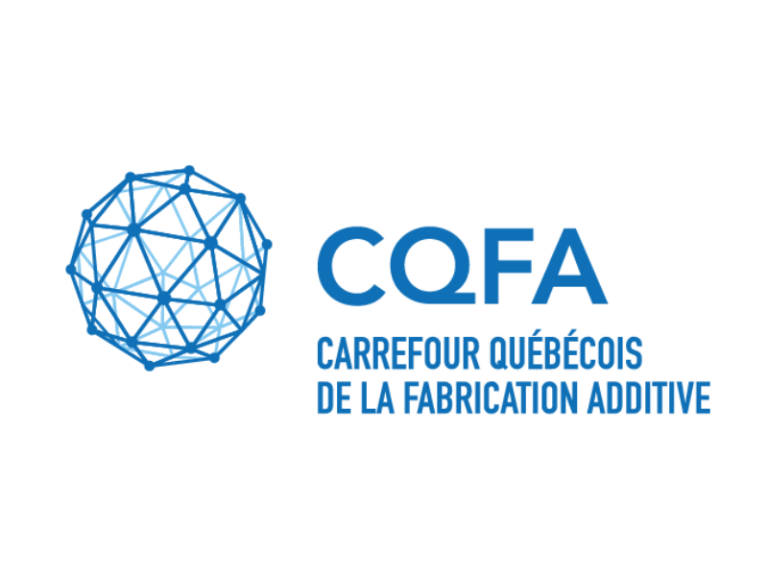
2023/09/28
High-Resolution Additive Manufacturing of a Biodegradable Elastomer with a Low-Cost LCD 3D Printer
Karamzadeh, V.; Shen, M.L.; Ravanbakhsh, H.; Sohrabi-Kashani, A.; Savoji, H.; Radisic, M.; Juncker, D. (2023). High-Resolution Additive Manufacturing of a Biodegradable Elastomer with a Low-Cost LCD 3D Printer. BioRxiv, preprint.
Artificial organs and organs-on-a-chip are of great clinical and scientific interest and have recently been made by additive manufacturing, but depend on, and benefit from, biocompatible, biodegradable, and soft materials. Poly(octamethylene maleate (anhydride) citrate (POMaC) meets these criteria and has gained popularity, and as in principle, it can be photocured and is amenable to vat-photopolymerization (VP) 3D printing, but only low-resolution structures have been produced so fa. Here, we introduce a VP-POMaC ink and demonstrate 3D printing of high resolution (80 µm) and complex 3D structures using low-cost (∼US$300) liquid-crystal display (LCD) printers. The ink includes POMaC, a diluent and porogen additive to reduce viscosity within the range of VP, and a crosslinker to speed up reaction kinetics. The mechanical properties of the cured ink were tuned to match the elastic moduli of different tissues simply by varying the porogen concentration. The biocompatibility was assessed by cell culture which yielded 80% viability and the potential for tissue engineering illustrated with a 3D printed gyroid seeded with cells. VP-POMaC and low-cost LCD printers make the additive manufacturing of high resolution, elastomeric, and biodegradable constructs widely accessible, paving the way for a myriad of applications in tissue engineering, implants, organ-on-a-chip, wearables, and soft robotics.